On the afternoon of November 13, the Truth National Political Publishing House announced that the above 5 editions of Truyen Kieu will be published as a special edition. When these 5 editions are placed next to each other, the spines of the books will be combined to form a portrait of Kieu - a delicate and meaningful design for readers, while also contributing to increasing the aesthetics as well as enhancing the artistic value of a masterpiece.
Regarding the selection of the above 5 editions, the Organizing Committee said that this is an activity to continue the journey of discovering and popularizing the masterpiece Truyen Kieu. In fact, over hundreds of years, the number of Kieu versions in Nom and Quoc Ngu scripts, including handwritten and modern printed versions, has reached hundreds. The 5 editions introduced by the National Political Publishing House Su That this time help contemporary readers open the door to Nguyen Du's erudite poetic world .

Each edition bears the mark of the academician, the transcriptions are characterized by the language, culture and academic thinking of each period. In addition to transcriptions, scholars also painstakingly research, compare, annotate and explain. From explaining allusions and stories, clarifying the use of ancient words, to annotating culture and customs, it demonstrates the profoundness of the researchers and their dedication to Nguyen Du's heritage.
“Kim, Van, Kieu Story” - the transcription and annotation by linguist Truong Vinh Ky first published in 1875 in Saigon, is considered the first “Truyen Kieu” in the national language in Vietnam. Truong Vinh Ky’s work has special historical value as it was published in the context of the national language gradually taking shape and asserting its role, marking an important turning point in bringing Nguyen Du’s masterpiece to the public in a wide range.
The “Kim Van Kieu Commentary” annotated by Bui Khanh Dien was published by his son, Bui Thien Can, in 1924 at Ngo Tu Ha Printing House ( Hanoi ). With the mission of standardizing the text and clarifying the linguistic layer, Bui Khanh Dien’s annotation corrected some incorrect words in the Nom version and annotated the historical references, while explaining the story in prose.
“The Tale of Kieu” (The Tale of Kieu) by two scholars Bui Ky and Tran Trong Kim is considered one of the most popular national language versions of Kieu in the 20th century in our country. First published in 1925, this edition represents a harmonious combination of serious academic spirit and the desire to popularize national culture to the public.
“The Tale of Kieu” by Ho Dac Ham (published in 1929 at Dac Lap printing house, Hue) consists of two main sections: “The Tale of Kieu”, divided into 238 sections, each section summarizes the main idea and briefly describes; the Chinese annotation section. In addition, the Doi tra section, which aims to look up the national language version by Ho Dac Ham and some versions of “The Tale of Kieu” at the same time, helps readers not only understand what “The Tale of Kieu” says, but also explain why the great poet Nguyen Du wrote it that way, and what message the author wants to convey, especially in a work rich in polysemy.
Readers who want to approach the masterpiece Truyen Kieu with the spirit of both enjoyment and research, to understand more deeply the historical and cultural contexts that Nguyen Du conveyed through each sentence, can look to Truyen Kieu (Doan Truong Tan Thanh) edited and annotated by scholar Nong Son Nguyen Can Mong (first published in 1936). This is a very carefully edited and annotated edition, taking readers deeper into the explanation and analysis of the literary, philosophical and humanistic meanings of the work.
Source: https://cand.com.vn/van-hoa/tai-ban-5-an-ban-truyen-kieu-thanh-bo-an-pham-dac-biet-i787963/





![[Photo] Deep sea sand deposits, ancient wooden ship An Bang faces the risk of being buried again](https://vphoto.vietnam.vn/thumb/1200x675/vietnam/resource/IMAGE/2025/11/13/1763033175715_ndo_br_thuyen-1-jpg.webp)


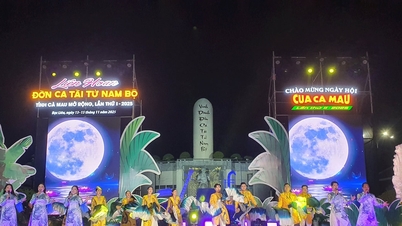













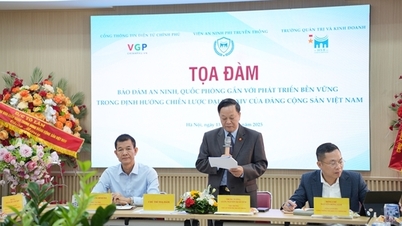









































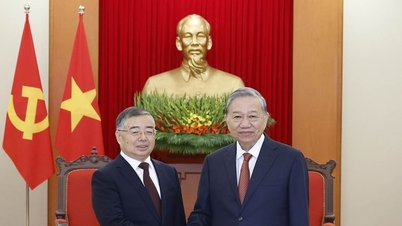
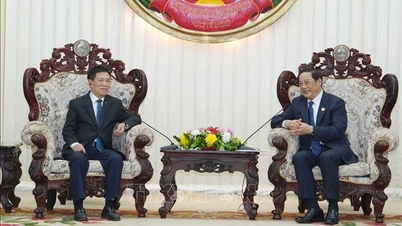








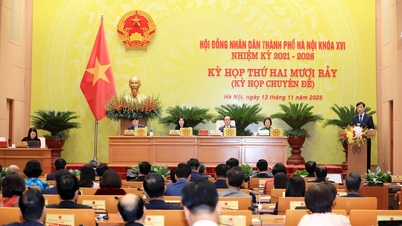



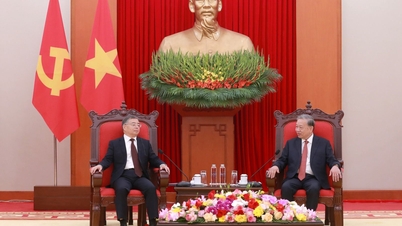





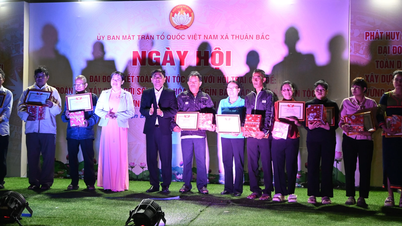







![Dong Nai OCOP transition: [Article 3] Linking tourism with OCOP product consumption](https://vphoto.vietnam.vn/thumb/402x226/vietnam/resource/IMAGE/2025/11/10/1762739199309_1324-2740-7_n-162543_981.jpeg)







Comment (0)